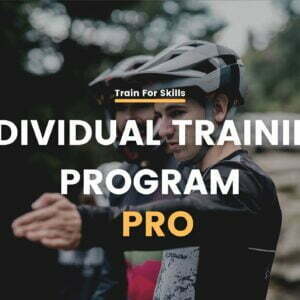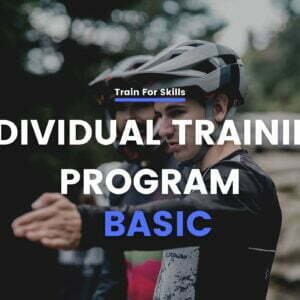RAMP Warm-up
One of the most important parts of training is the warm-up. In motor training we do not treat it as a separate element, but as the beginning of training, so it should be performed at every training unit. The purpose of the RAMP warm-up is to prepare the body for the main tasks of the workout.
Correct warm-up
A proper warm-up differs significantly from the one performed in school PE class. Properly performed, it should include individual movement compensation corrections, and its primary purpose should be injury prevention. One of the best warm-up protocols used in motor training is the R.A.M.P. protocol, which consists of respectively:
- Raise – increase body temperature
- Activate – activate key muscle groups
- Mobilize – mobilize joints
- Potentiate – stimulate the nervous system
- Raise (increase temperature)
The purpose of this part of the warm up is to increase the body temperature, blood supply, oxygen and nutrients to the muscle tissue, which will improve the contraction cycle. It also includes increasing the heart rate and stimulating the cardio-respiratory system. The type of exercise you choose will depend on the main part of your workout. If the workout is geared towards building linear speed, then we will use low to medium intensity running exercises. Other ways to increase your temperature may include skipping, rowing ergometer, orbiter, bike, or rolling before your session at the gym.
- Activate (muscle activation)
The second stage is to activate the key muscle groups that will be used later in the workout. Here we deal mainly with activation of muscles responsible for our posture, that is, gluteus maximus, trunk (core) and shoulder girdle muscles. The time and exercises devoted to activation are directly proportional to the main exercises. Remember to warm up the muscles in different planes of action. For activation, we can use low-intensity strength exercises, elastic bands, supports, and bridges. However, be sure to use conscious and controlled movement.
- Mobilize
In this part of the warm-up we address mobilization of key areas of the body. The goal is to improve joint mobility and increase muscle flexibility so that we can work through the full range of motion in the workout. The main areas to be mobilized are the ankle joint, hips, thoracic spine, and shoulder joint. The type and duration of exercises will be determined by the individual needs of the athlete. When we have little time or as a supplement we can use movement complexes, which consist of a smooth transition from position to position, thus working on many muscle groups. A common mistake is spending too much time in static stretching instead of dynamic stretching, which I wrote about here.
- Potentiate (stimulate the nervous system)
An often overlooked part of the warm-up. Stimulating the neuromuscular system is essential to maximizing training work. In this part we use short but dynamic movements, so elements of speed and agility. These exercises must not lead to fatigue, so a few repetitions or a few seconds of work are recommended. For this purpose we can use body weight exercises like power push ups, jump squat, speed drills or ballistic exercises like medball overhead throw, medball slam etc. keeping in mind the goal of the training unit.
Summary
The RAMP warm-up is just as important as the main part of the workout. It prepares the body for specific tasks and its nature depends on the type of training. It should be individually tailored to the needs of the athlete and should counteract asymmetries that occur. The warm-up is the basis of injury prevention. Thanks to it we are able to get the maximum out of a training session. See also training based on movement patterns.




